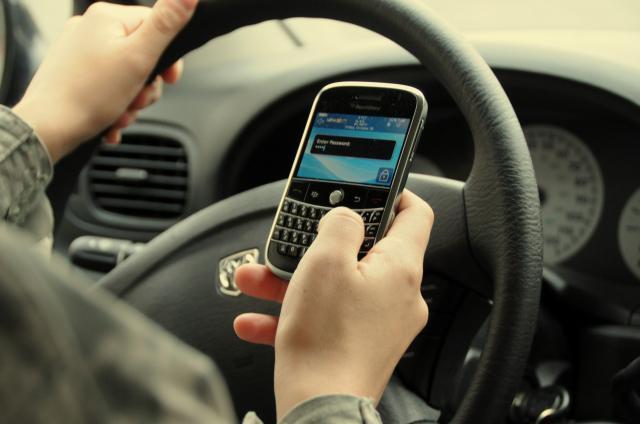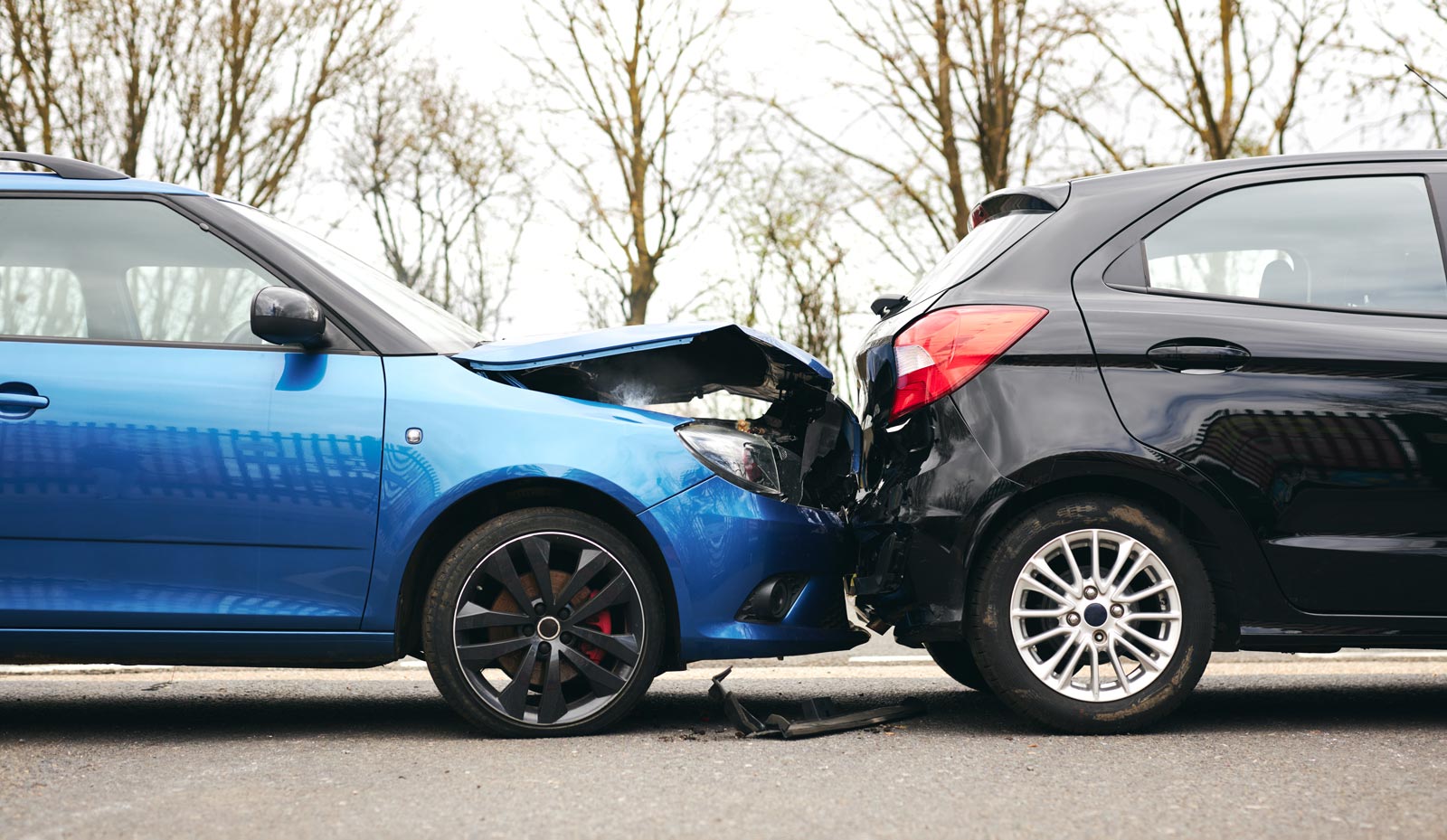The city council of San Antonio has recently adopted a new cell phone ban that prohibits drivers from holding their phones while operating their vehicle, and enforcement of this new city ordinance will begin on January 1, 2015. The current laws in effect only prohibit drivers from texting while driving or doing anything else with their phone except taking and placing calls. Now drivers will need to use speakers, Bluetooth devices, or headphones to talk on their phone while driving. Citations for disobeying this ordinance could cost drivers up to $200.
Over the last decade, many more people have begun using cell phones. It is now estimated that well over 90% of adults in the United States own a cell phone, and the cell phone is undoubtedly the single most quickly adopted consumer technology in all of history. In fact, since 2011, there have been more wireless devices in use than people who could possibly own them; in other words, there are significantly more active cell phones than the population of the United States.
Along with this rise in cell phone use in recent years, it has become clear that texting while driving is one of the most dangerous (if not the absolute most dangerous) practices drivers can partake in while operating a vehicle. Every year, thousands of Americans are killed and tens of thousands more are injured as a result of this dangerous practice. The common belief out there is that texting while driving is predominately a problem among teenagers (in one poll, a shocking 77% of teens did say they were confident about their ability to safely drive while texting), but more adult and elderly drivers are using smartphones, and for many, the temptation to quickly type a dozen or so characters to communicate a simple thought or intention is just too much to overcome, often leading to deadly results. In fact, nearly 30% of all motorists have admitted to texting while driving, and 20% of all motorists have admitted to surfing the web while driving. By all accounts, the actual number of people participating in these behaviors is probably higher.
Texting while driving is especially hazardous because it requires the driver to spend a significant amount of time with their eyes on their phone screen rather than on the road, which is the very definition of distracted driving. Basically, the minimum amount of time required to send a text is 5 seconds, which, if traveling on a freeway, means that you will blindly traverse the distance of an entire football field while sending even a brief text. Compared to an individual aptly paying attention to the task at hand and adhering to traffic laws, drivers who are texting are 23 times more likely to get in an accident, which far exceeds all other forms of distracted driving combined.
But what about talking on the phone? As it turns out, talking on the phone, whether it be on a hands-free device or not, is still dangerous. In a comprehensive study released by AAA in 2013, researchers used protocols borrowed from aviation psychology and many other performance metrics to determine how distracting certain tasks are. On a 3-point scale with 1 indicating minimal risk and 3 indicating extensive risk, talking on a cell phone – both handheld and hands-free – was rated a 2. Surprisingly, using hands-free features such as listening to or responding to voice-activated e-mails was rated to be even more dangerous at a 3 on the scale. Even activities like listening to the radio caused people’s reaction times and driving performance to decrease and were rated a 1.
So, why is talking on the phone so dangerous? Regardless of what you may have heard about multitasking, it is impossible for our brains to do two things at once. Each one of us has a set reserve of focus and attention that we can devote to a task in front of us, and driving is an especially complex task, even if we are experienced drivers who have been doing it for a long time – we need to predict traffic movements, think about our route, read and obey traffic signs and signals, monitor road conditions, and be constantly vigilant. From people slamming on their brakes or abruptly changing lanes to animals running across the road or even things falling out of vehicles, surprises while driving are fairly common.
When we talk on the phone, no matter what type of device we are using, we are taking our focus off the task of driving and shifting our attention to a different activity, which causes our driving to suffer. Our reaction times decrease, we check our mirrors less, we don’t scan our field of vision well, and we lose focus.
Given these dangers of using phones while driving, Crosley Law Firm is pleased to hear that the city council of San Antonio has unanimously approved this new ordinance to ban using handheld devices; we also hope that other cities in Texas and other parts of the country will follow San Antonio’s lead. However, we also recognize that talking on a phone while driving is still a dangerous and risky activity, even when using a handheld device, so we encourage everyone to turn off their phones while driving to focus on the task at hand – no call is worth taking if it causes injury or possibly even death to yourself or anyone else on the road with you.
References:
Kang, C. (2011, October 11). Number of cellphones exceeds U.S. population: CTIA trade group. The Washington Post. Retrieved from http://www.washingtonpost.com/blogs/post-tech/post/number-of-cell-phones-exceeds-us-population-ctia-trade-group/2011/10/11/gIQARNcEcL_blog.html
Online Schools. (2012). DWI: Driving while intexticated. Don’t Text and Drive. Retrieved from http://www.textinganddrivingsafety.com/texting-and-driving-stats/
Rainie, L. (2013, June 6). Cell phone ownership hits 91% of adults. Pew Research Center. Retrieved from http://www.pewresearch.org/fact-tank/2013/06/06/cell-phone-ownership-hits-91-of-adults/
Texas: Cell phone laws, legislation. (2008, November 12). Hands Free Info. Retrieved from http://handsfreeinfo.com/texas-cell-phone-laws-legislation/
White, N. (2013, June 12). Think you know all about distracted driving? Think again, says AAA. American Automobile Association. Retrieved from http://newsroom.aaa.com/2013/06/think-you-know-all-about-distracted-driving-think-again-says-aaa/









